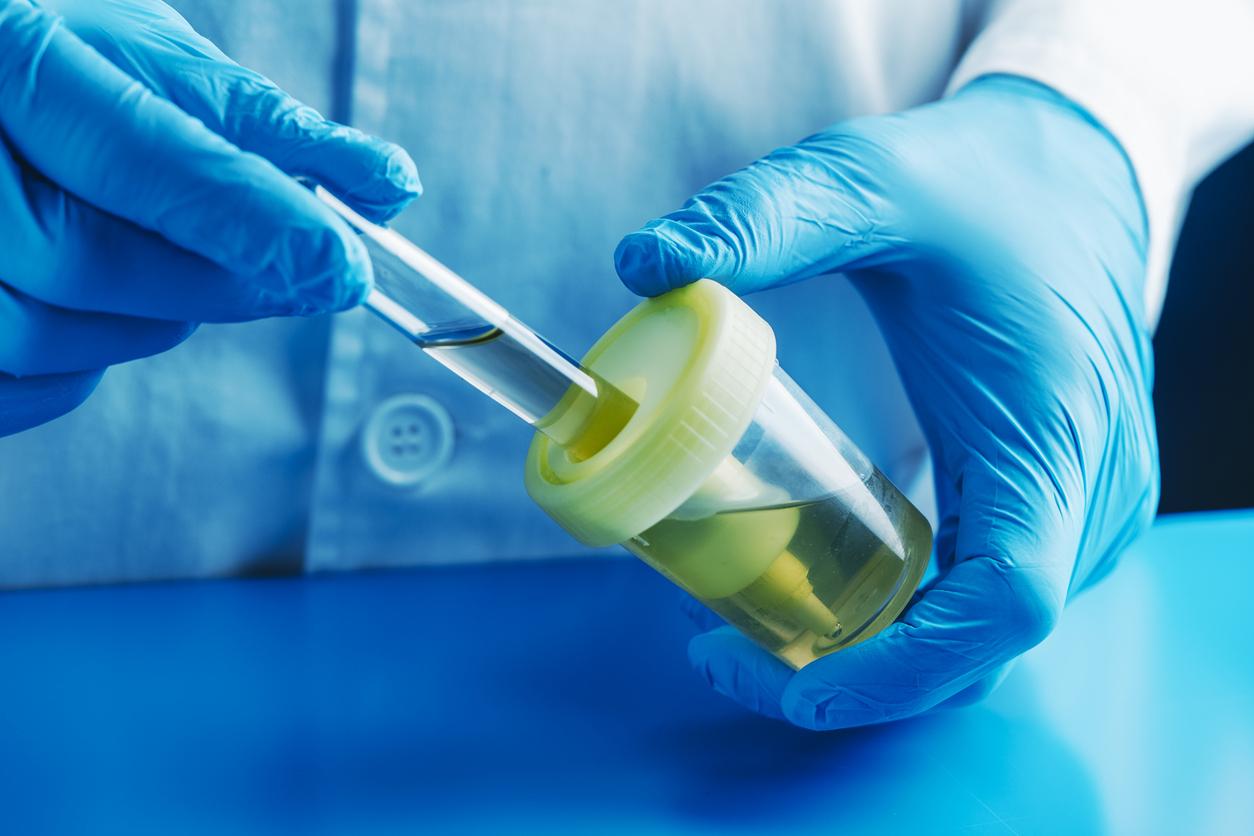As public opinion begins to realize the need to fight against plastic, this polluting has never been so present around us : in the air we breathe, on our plate and even in the water we drink. It is precisely on its presence in drinking water that the World Health Organization split a press release this Thursday, August 22. “There is an urgent need to know more about the consequences of microplastics on health, because they are present everywhere, including in the water we drink” said Dr Maria Neira, director of the Department of Public Health, Environment and social determinants of health at WHO in a statement. “From the limited information we have, microplastics in drinking-water do not appear to pose health risks, at least at current levels. of plastic pollution all over the world”.
In its analysis, the WHO summarizes the state of research on microplastics in drinking water. Verdict: “those larger than 150 microns are not in principle absorbed by the human body, and the absorption of smaller particles should be limited, summarizes the WHO. The absorption and distribution of very small microplastic particles, in particular nanoparticles, should however be higher, even if the data on this subject are very limited”.
The impact on human health still unknown
The organization calls for a thorough assessment of microplastics in the environment and their potential consequences for human health. Among the fields of study to be explored: the measurement of microplastic particles in water, new studies on the sources and the presence of microplastics in fresh water, and the evaluation of the effectiveness of different treatment processes. . Treating wastewater effectively is a “means of removing more than 90% of the micro-plastics present in these waters”. However, “a large part of the world’s population does not currently benefit from suitable water and wastewater treatment systems”.
Today, studies on the ingestion of plastic by humans are published in dribs and drabs. It is still difficult, given the meager amount of current knowledge, to measure the real impact of this plastic contamination on the body, including via bottled water.
However, the available elements are not reassuring: last June, a Canadian study based on American lifestyles and consumption concluded that a man ingests 52,000 plastic microparticles every year.
In March 2018, American researchers from Arizona State University in the United States revealed the disturbing results of a test carried out on bottled water from 11 brands purchased at 19 locations in nine countries around the world. They claimed that 93% of the samples analyzed were contaminated with plastic (polypropylene, nylon and PET). At what dose? On average 325 particles per litre.
Read also
- Plastic particles found in Arctic snow
- #Fillthebottle, the challenge that hunts cigarette butts
- Air conditioning: how to protect your throat
















